Complete Guide To Pruning Forsythia: Everything You Need To Know
The sight of a forsythia bush will put a smile on any gardener's face. It is one of the first signs that spring has arrived. Learn how to prune this beauty.
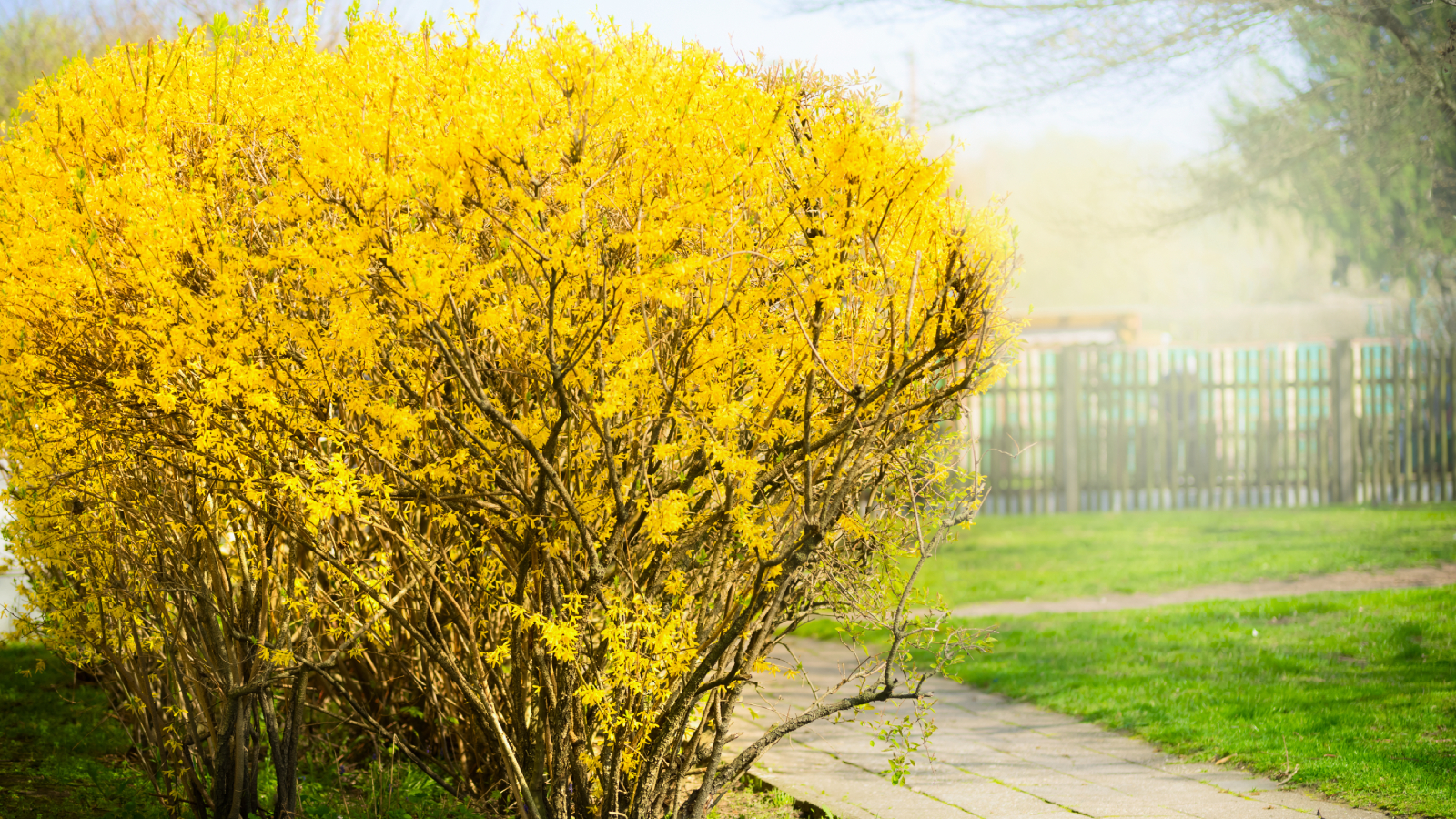

Forsythia pruning is essential for maintaining this shrub's size, shape, and ability to produce flowers. Prune every year and trim back severely any shrubs that have been neglected and become overgrown.
Forsythia is a genus of several species native to Asia and popular in North America for their cheerful spring blooms. A sure sign of spring is the bright yellow clusters of forsythia flowers that appear on these fast-growing shrubs before the leaves bud out. They are relatively low maintenance, but pruning forsythia at least once a year is important for maintaining a healthy, attractive shrub.

This adorable set comes with a zipper pouch, arm-saver gardening gloves, garden shears, and plant snips. Perfect for indoor and outdoor gardeners alike!
Signs It’s Time to Prune a Forsythia
Generally, you should plan to trim your forsythia at least once a year. If it’s been a while, there are some clear signs that indicate forsythia needs pruning. Forsythia grow quickly. A large, overgrown shrub is in need of a trim. Larger shrubs that haven’t had a pruning in a while can lead to the forsythia not blooming. If your forsythia is too big, looks unruly and unattractive, it’s time for forsythia rejuvenation.
When to Prune Forsythia
Knowing when to trim forsythia is essential for next season’s blooms. Trim at the wrong time, and you will see fewer flowers. The best time to prune a forsythia shrub is in spring or early summer, after they’re done flowering.
Forsythia begins to develop its flower buds as early as midsummer for the following spring. If you prune too late in summer or in the fall or winter, you’ll trim off these buds and have fewer flowers next season.
If you have a wildly overgrown forsythia that isn’t producing many blooms anyway, the timing of pruning is less important. It’s better to cut these older shrubs back while they are dormant in winter or very early spring.
How to Prune Forsythia
Use sharp, sterilized pruning tools to trim your forsythia. A pair of loppers or a hand saw are best for thicker branches. For thinner branches, use a sharp pair of gardening shears. Resist the urge to simply go over the top and sides of forsythia with hedge trimmers. This is not the best way to prune a forsythia shrub.
Gardening tips, videos, info and more delivered right to your inbox!
Sign up for the Gardening Know How newsletter today and receive a free copy of our e-book "How to Grow Delicious Tomatoes".
When trimming forsythia shrubs that are not badly overgrown, start by removing about one-quarter of the old wood branches. Remove them evenly throughout to open up space within the shrub. The oldest stems are the thickest at the base and usually the tallest. Removing these will reduce the overall height of the shrub.
Focus next on any crowded, thinner branches higher up in the shrub. Cut smaller branches off where they originate from a larger branch. Remove branches strategically:
- Trim off branches that are dead or damaged.
- Remove any branches growing in toward the center of the shrub.
- Remove one of any pair of branches that are crossing or rubbing against each other.
- Trim back some of the tallest, vigorous, upright shoots.
The goals of trimming should be to open up the shrub to allow more light to the interior, to control its size, and to maintain a pleasant growth pattern. The natural shape of forsythia is fountain-like. Avoid trying to trim it into a uniform hedge and work with the natural growth habit instead.
Frequently Asked Questions
How Do You Prune an Old, Overgrown Forsythia?
A neglected, overgrown, and wild forsythia can and should be trimmed back severely. While dormant, trim the shrub back to one foot or less (0.3 m). It will regrow vigorously in the next season, so don’t be afraid to cut it way back. Within a year or two, you’ll have a refreshing shrub that will bloom prolifically.
What Happens If You Don't Prune Forsythia?
If you don’t prune forsythia shrubs once a year or at least every two years, it will become overgrown and unruly. Overgrown forsythia lose their attractive shape. They also bloom much less. As forsythia stems age, their ability to produce flowers decreases. It is important to remove the oldest branches each year to promote new growth and more blooms.
This article features products available from third-party vendors in the Gardening Know How Shop.

Mary Ellen Ellis has been gardening for over 20 years. With degrees in Chemistry and Biology, Mary Ellen's specialties are flowers, native plants, and herbs.
-
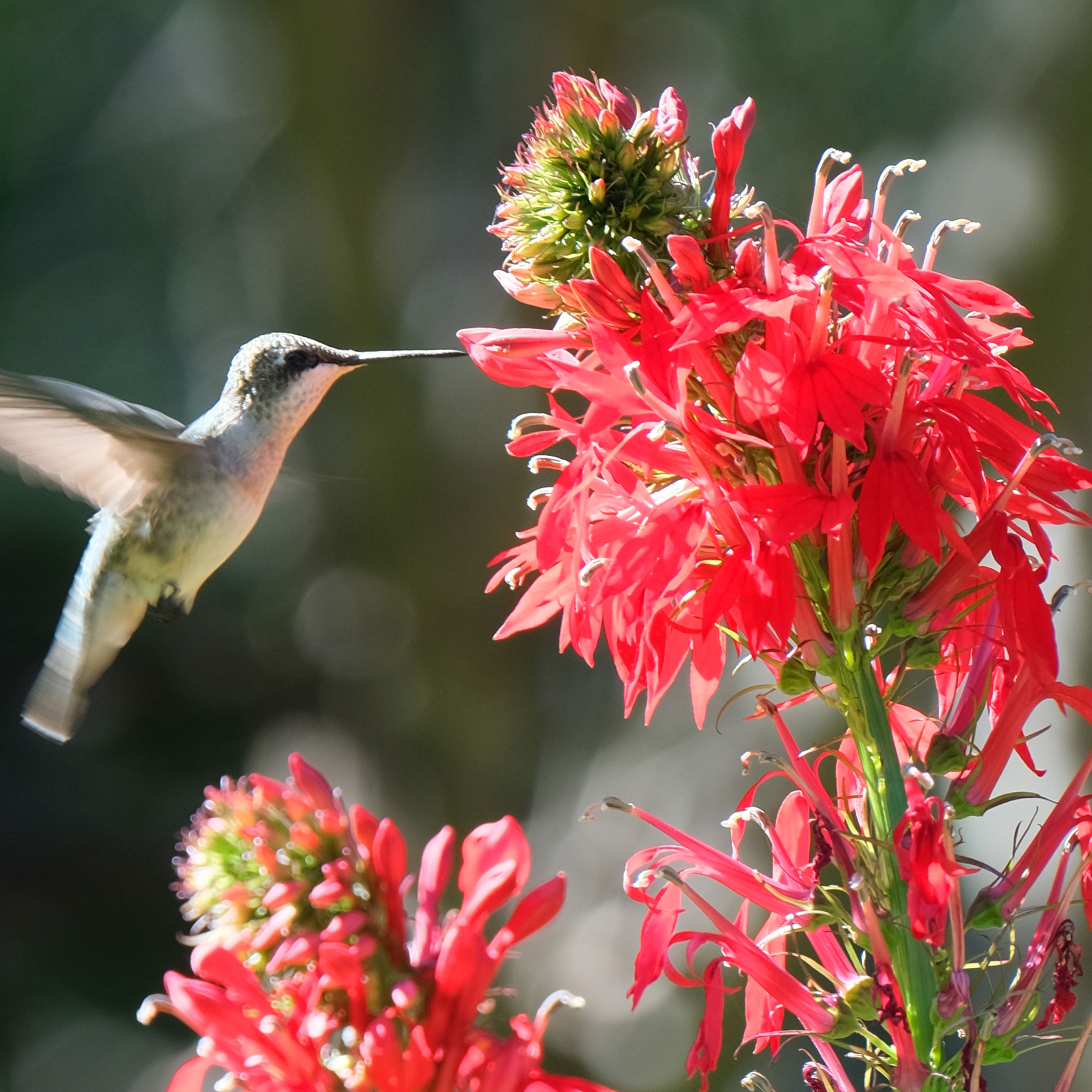 Get Ready For A Summer Of Hummers! Grow These Full Sun Hummingbird Plants and Flowers
Get Ready For A Summer Of Hummers! Grow These Full Sun Hummingbird Plants and FlowersIf you’re lucky enough to enjoy a sunny backyard, make sure you are maxing out on your pollinator opportunities and grow these full sun hummingbird plants and flowers
By Tonya Barnett
-
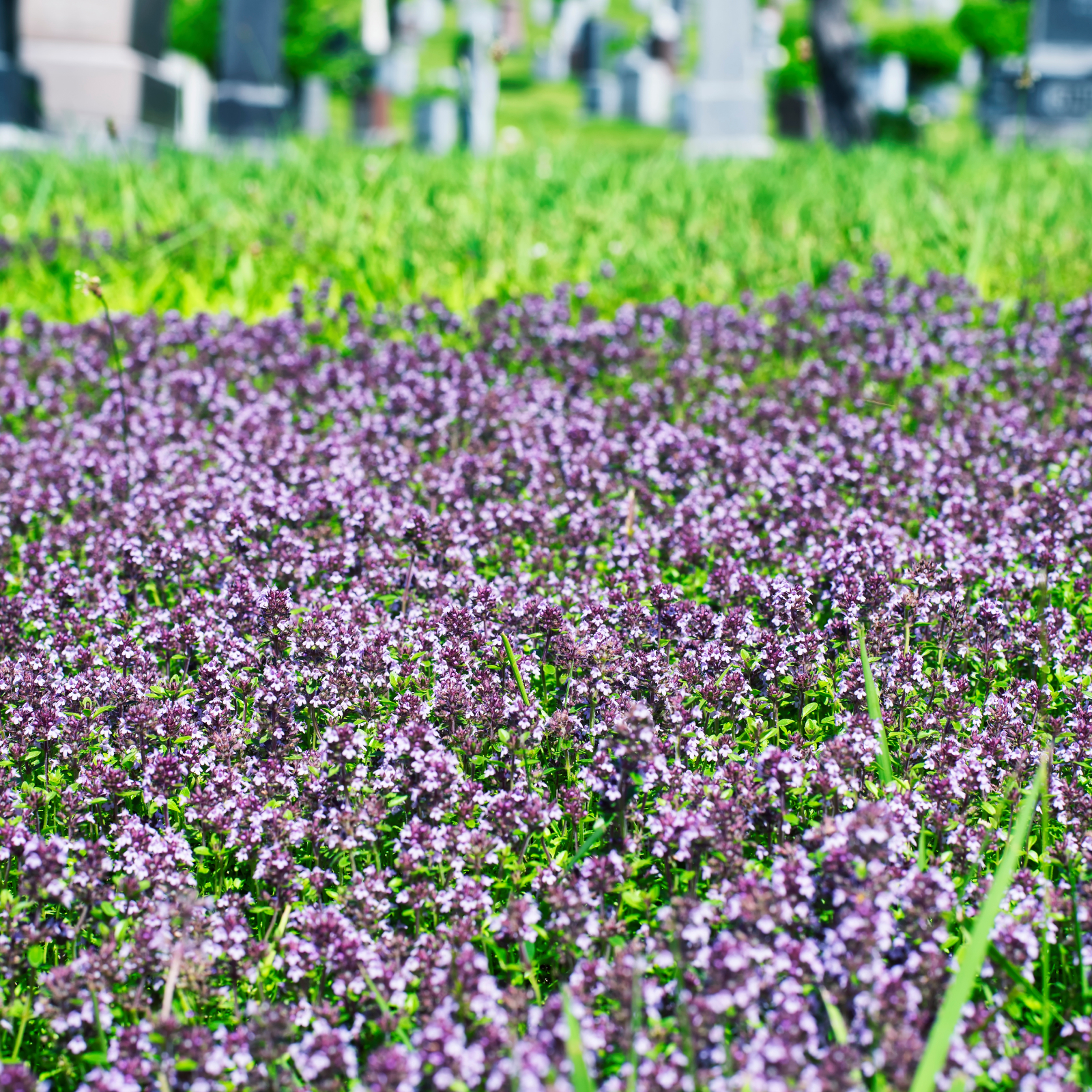 12 Lush Alternatives To A Lawn For Sustainable Spaces
12 Lush Alternatives To A Lawn For Sustainable SpacesAlternatives to a lawn are beautiful and also beneficial to your local ecosystem and its pollinators. Explore our top picks for plants to replace grass.
By Tonya Barnett
-
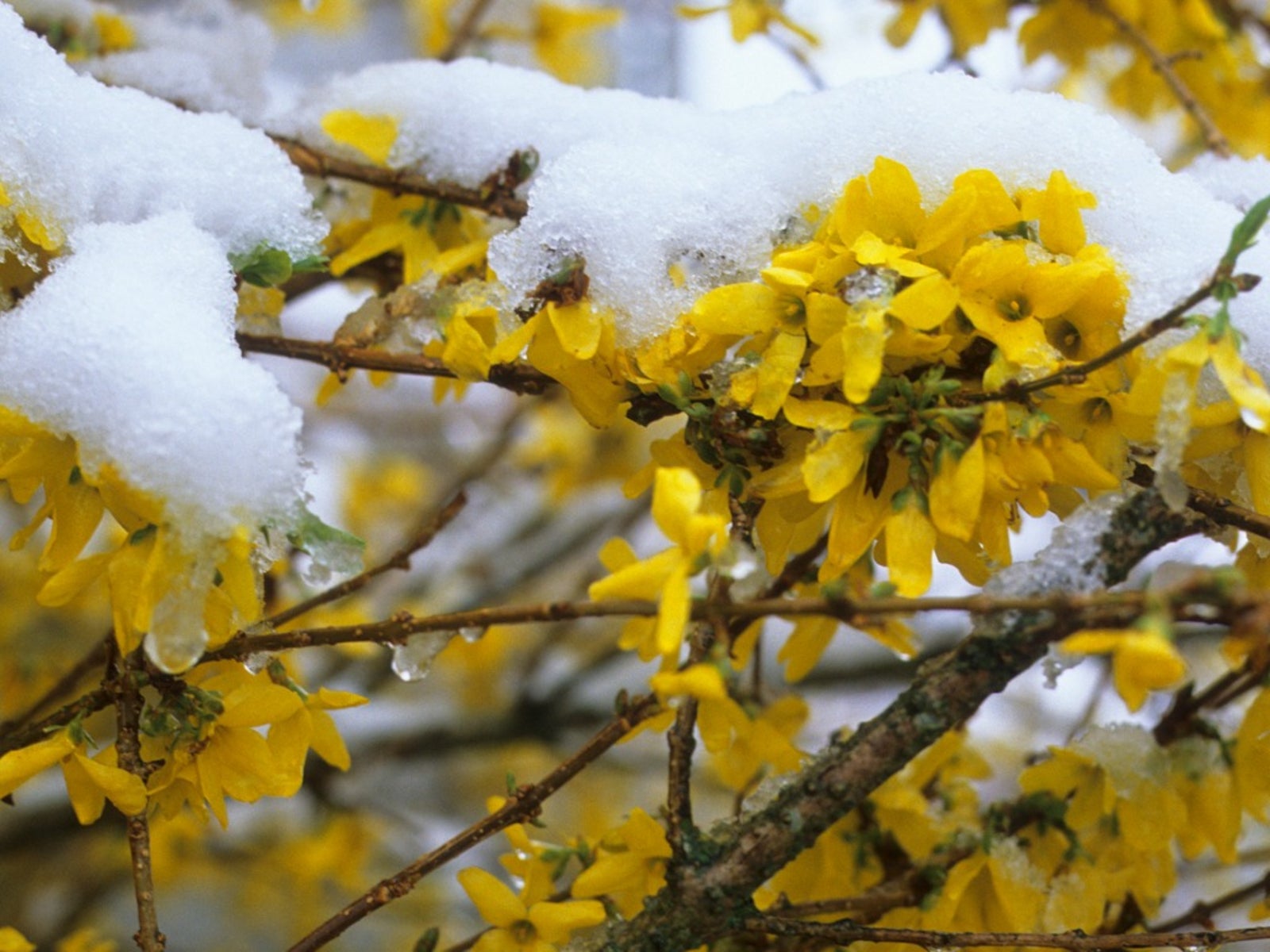 Forsythia Winter Damage: How To Treat A Cold Damaged Forsythia
Forsythia Winter Damage: How To Treat A Cold Damaged ForsythiaForsythia plants produce many stems and often need pruning to keep looking their best. Cold or windy winters may injure forsythias, but they usually recover. If you are wondering how to treat a cold damaged forsythia, this article will help.
By Teo Spengler
-
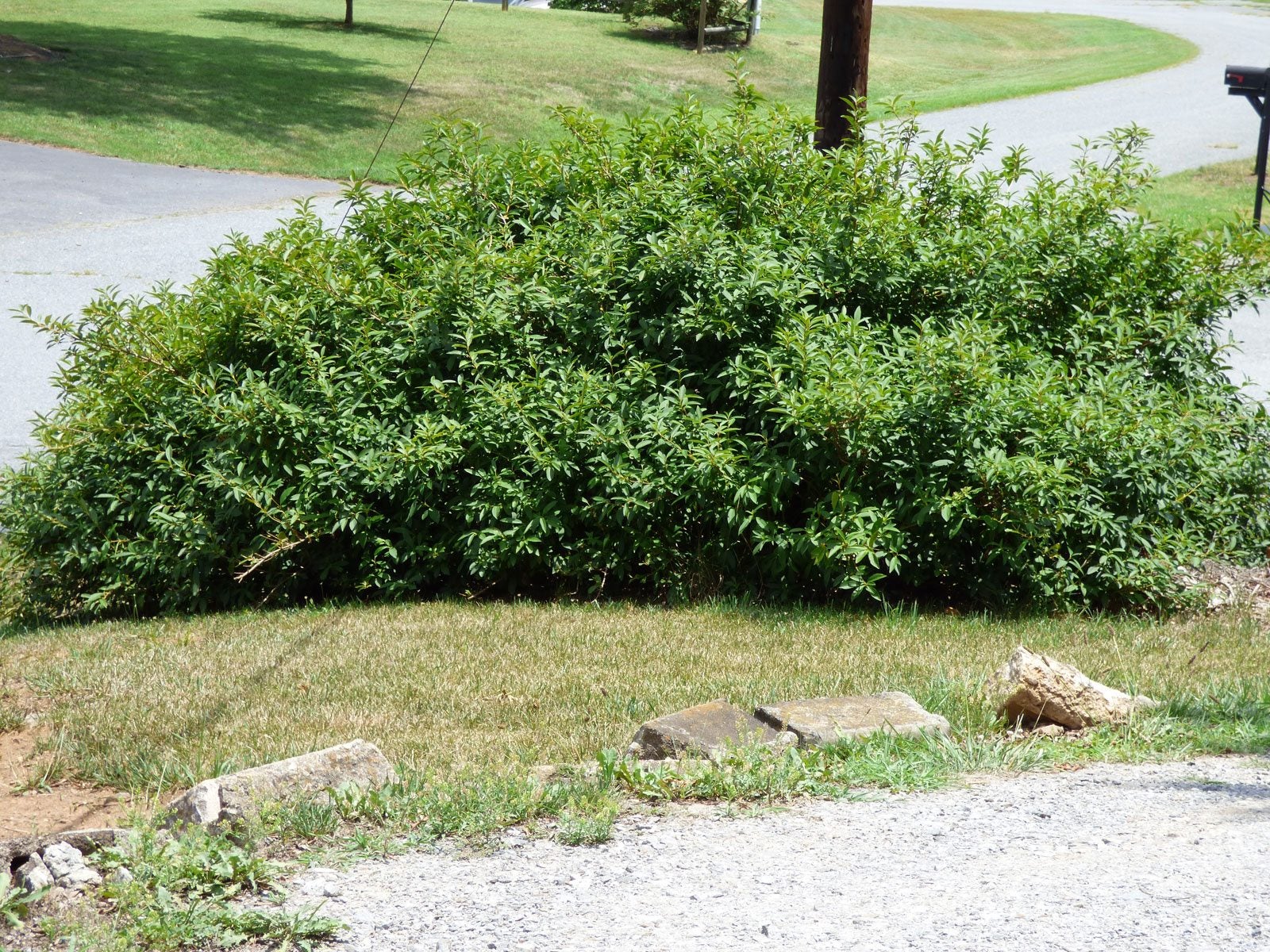 Forsythia Rejuvenation Pruning: Tips On Hard Pruning Forsythia Bushes
Forsythia Rejuvenation Pruning: Tips On Hard Pruning Forsythia BushesForsythias may start out as attractive landscape shrubs, but over time they can lose their luster. Learn more about hard pruning forsythia bushes once they've outgrown their space by clicking on the following article.
By Karen Boness
-
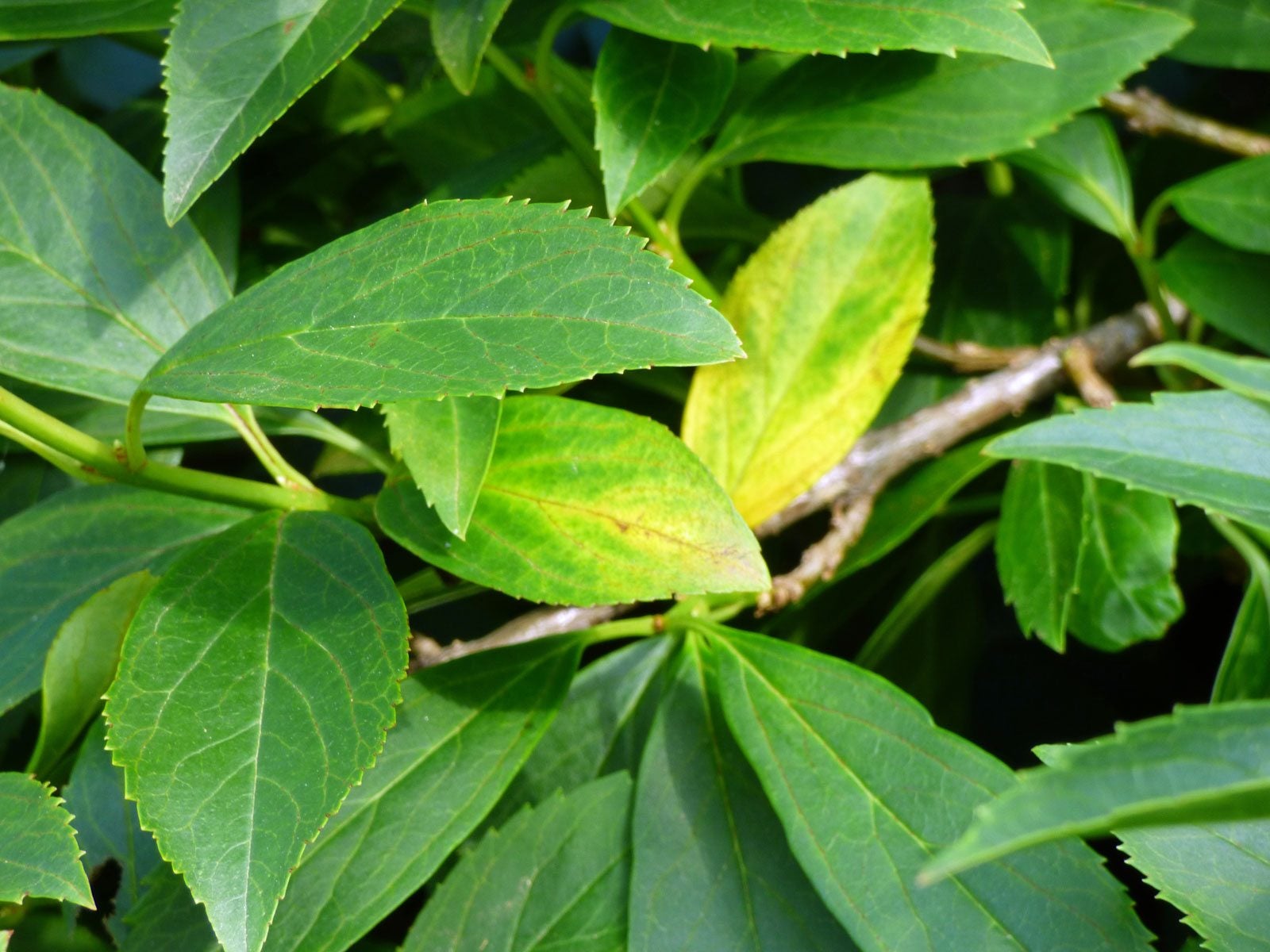 Forsythia Leaves Turning Yellow – Reasons For Yellow Leaves On Forsythia
Forsythia Leaves Turning Yellow – Reasons For Yellow Leaves On ForsythiaIf you see your forsythia leaves turning yellow, it could be a sign of a significant fungal issue. Yellowing forsythia bushes are normal before fall leaf drop but during the growing season it's time for action. Learn more here.
By Bonnie L. Grant
-
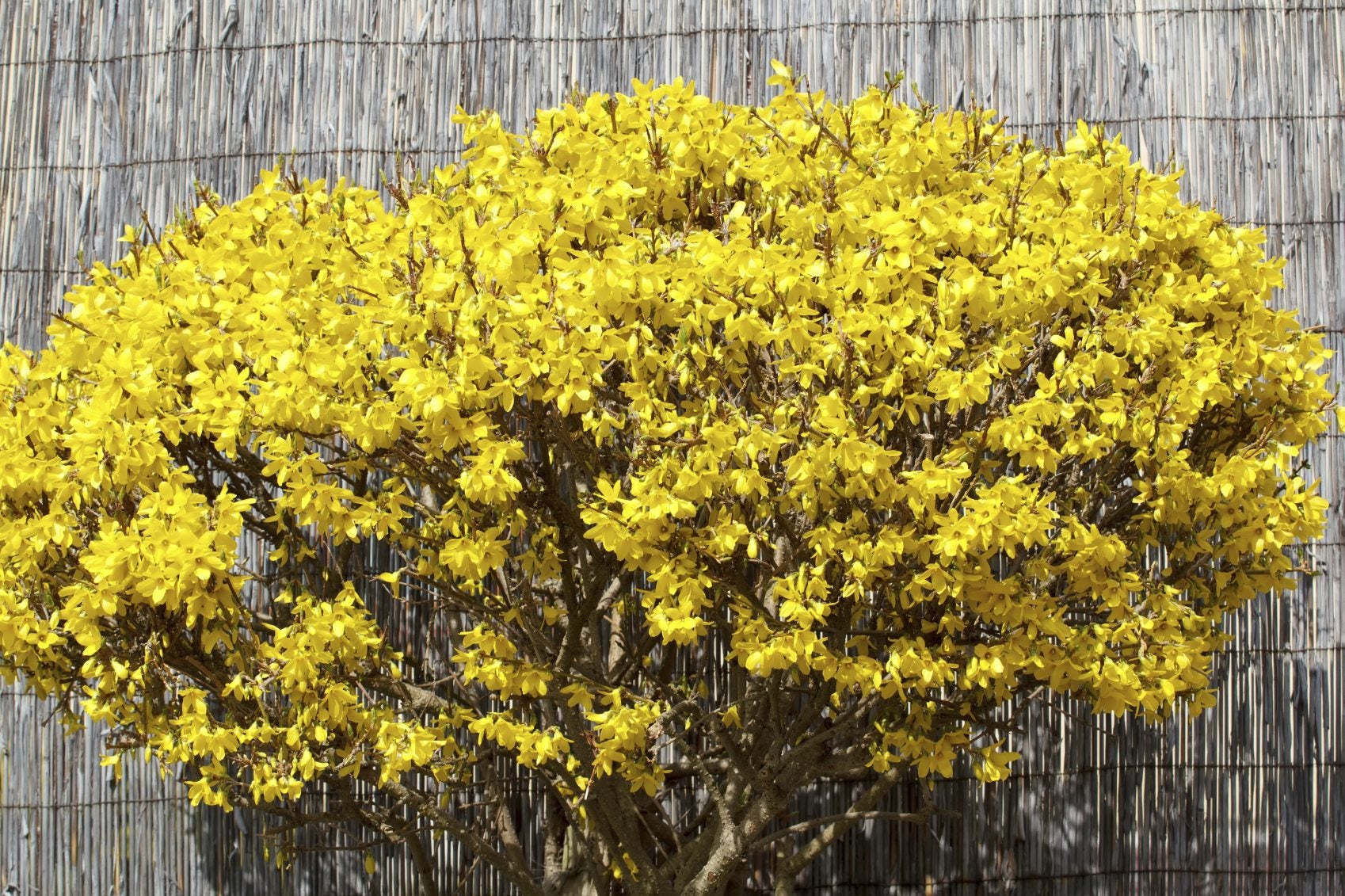 Varieties Of Forsythia: What Are Some Common Forsythia Bush Varieties
Varieties Of Forsythia: What Are Some Common Forsythia Bush VarietiesKnown for its bursts of brilliant yellow color that arrive even before the first leaf unfurls, forsythia is a delight to behold. But what other types are there? Find out about some popular forsythia varieties in this article. Click here for more info.
By Jackie Carroll
-
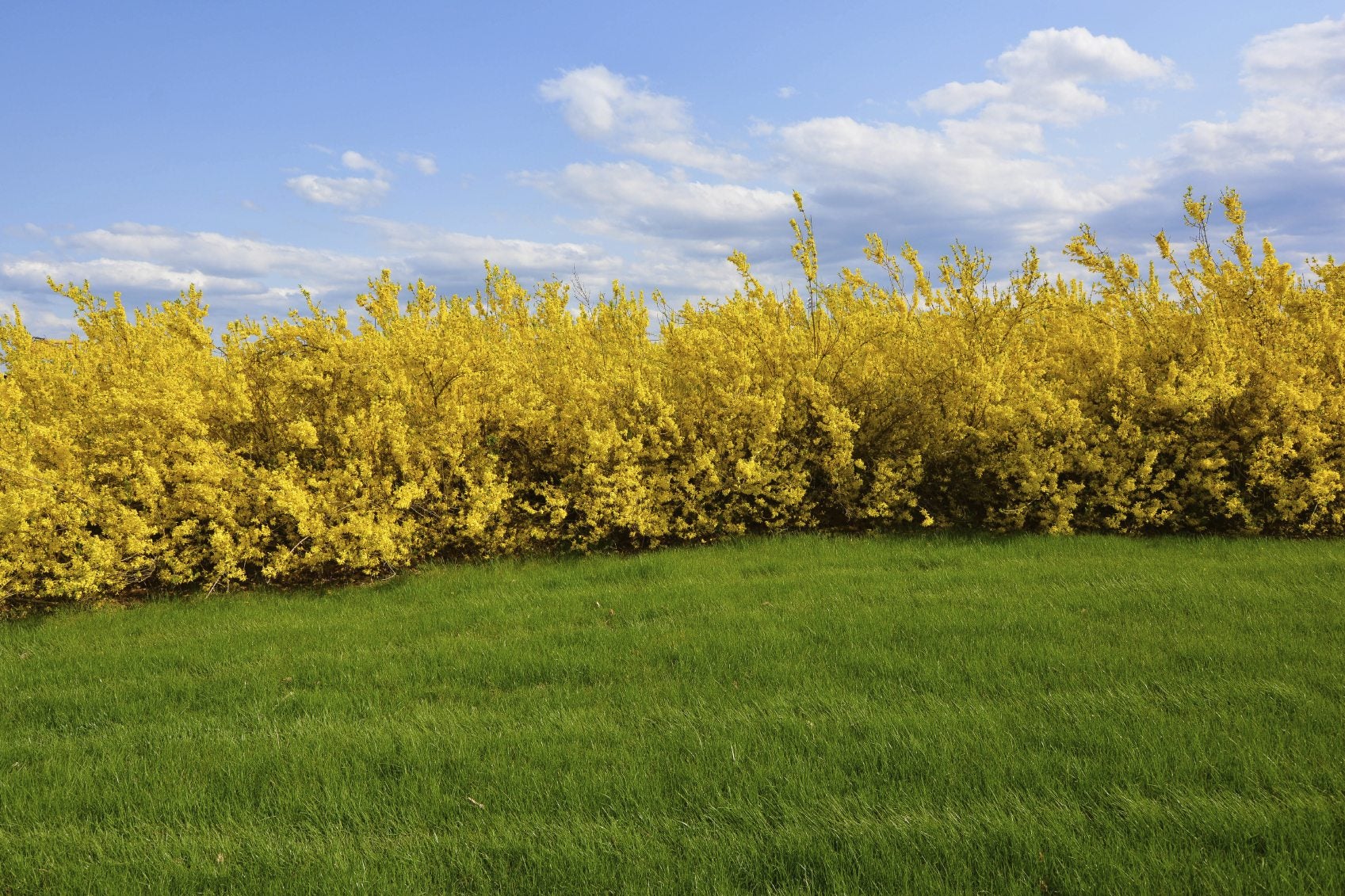 Planting Forsythia Hedges: Tips On Using Forsythia As A Hedge
Planting Forsythia Hedges: Tips On Using Forsythia As A HedgeIf you plan on using forsythia as a hedge, it is important to plant them correctly. This article has information on planting forsythia hedges and forsythia hedge pruning so you can find success with this type of hedge. Click here to learn more.
By Teo Spengler
-
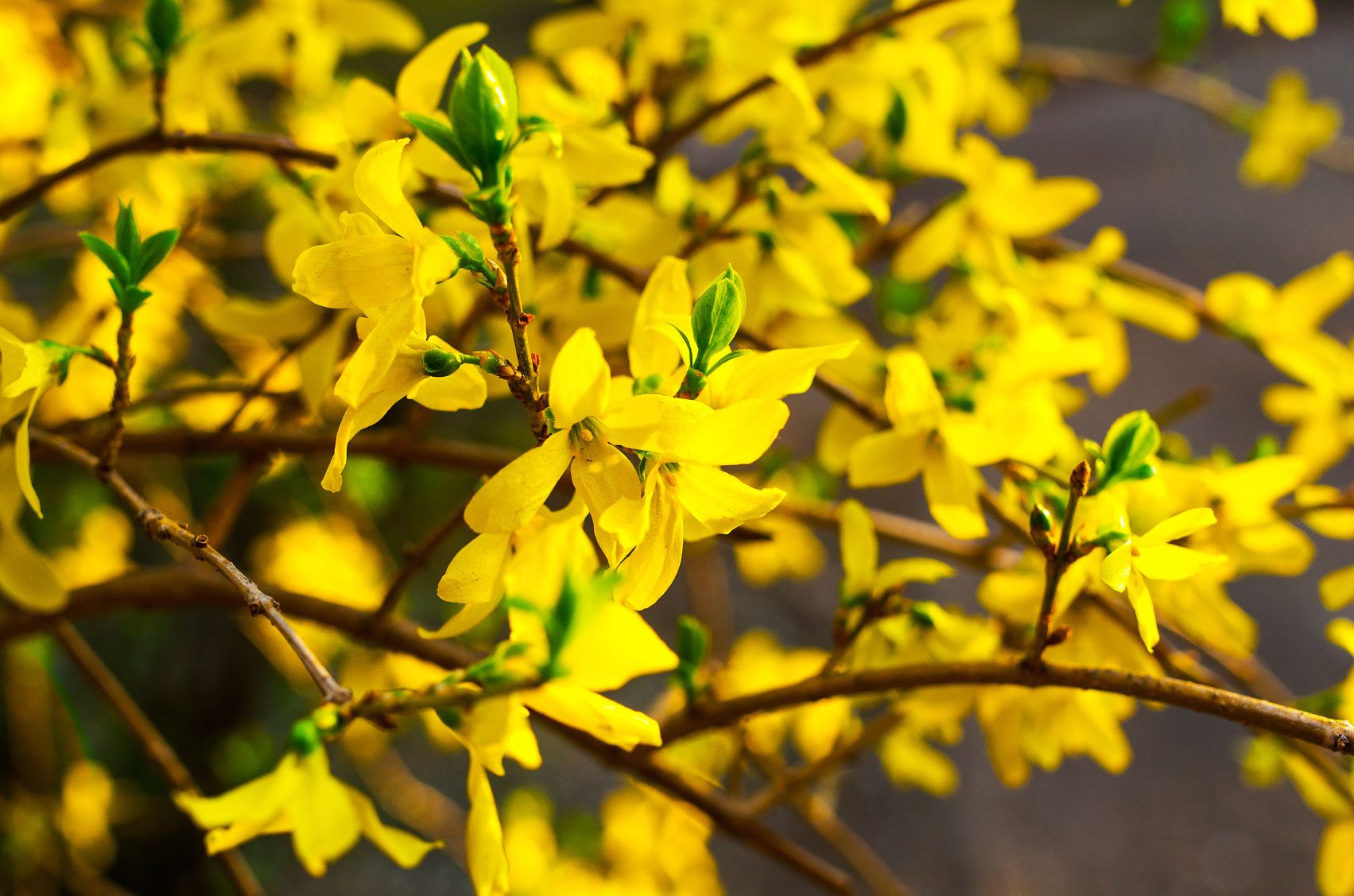 Can You Propagate Forsythia: How To Propagate Forsythia Shrubs
Can You Propagate Forsythia: How To Propagate Forsythia ShrubsForsythia bursts into bloom in late winter, well ahead of most other early-season shrubs. They look fantastic in groupings and shrub borders. If you can't get enough of them, read this article to find out about propagating forsythia plants.
By Jackie Carroll
-
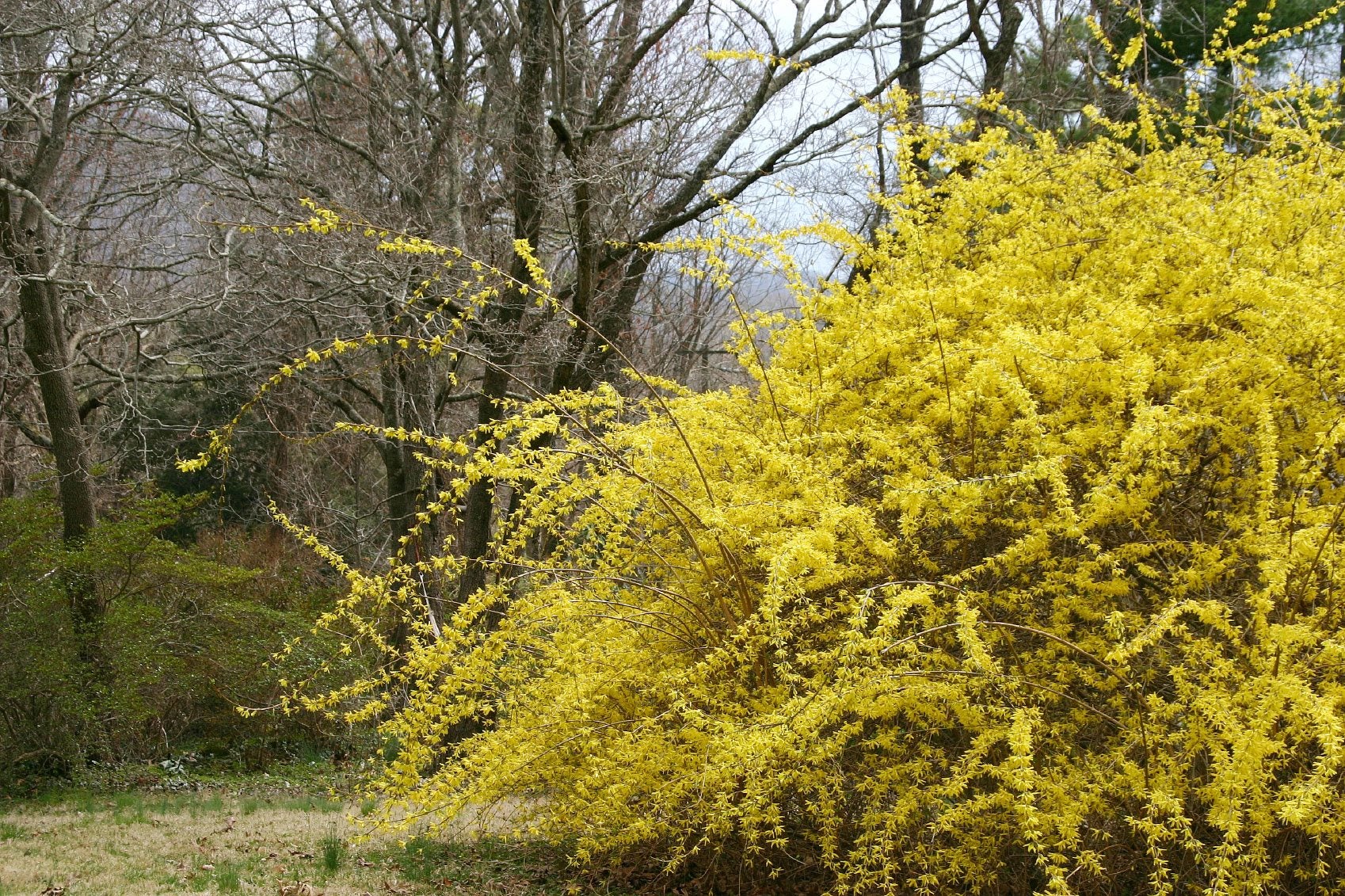 Tips For Growing A Weeping Forsythia Shrub
Tips For Growing A Weeping Forsythia ShrubA true harbinger of spring, forsythia blooms in late winter or spring. Weeping forsythia is slightly different from its cousin, the border forsythia, in that it has trailing branches. This article explains how to care for this large, graceful shrub.
By Jackie Carroll
-
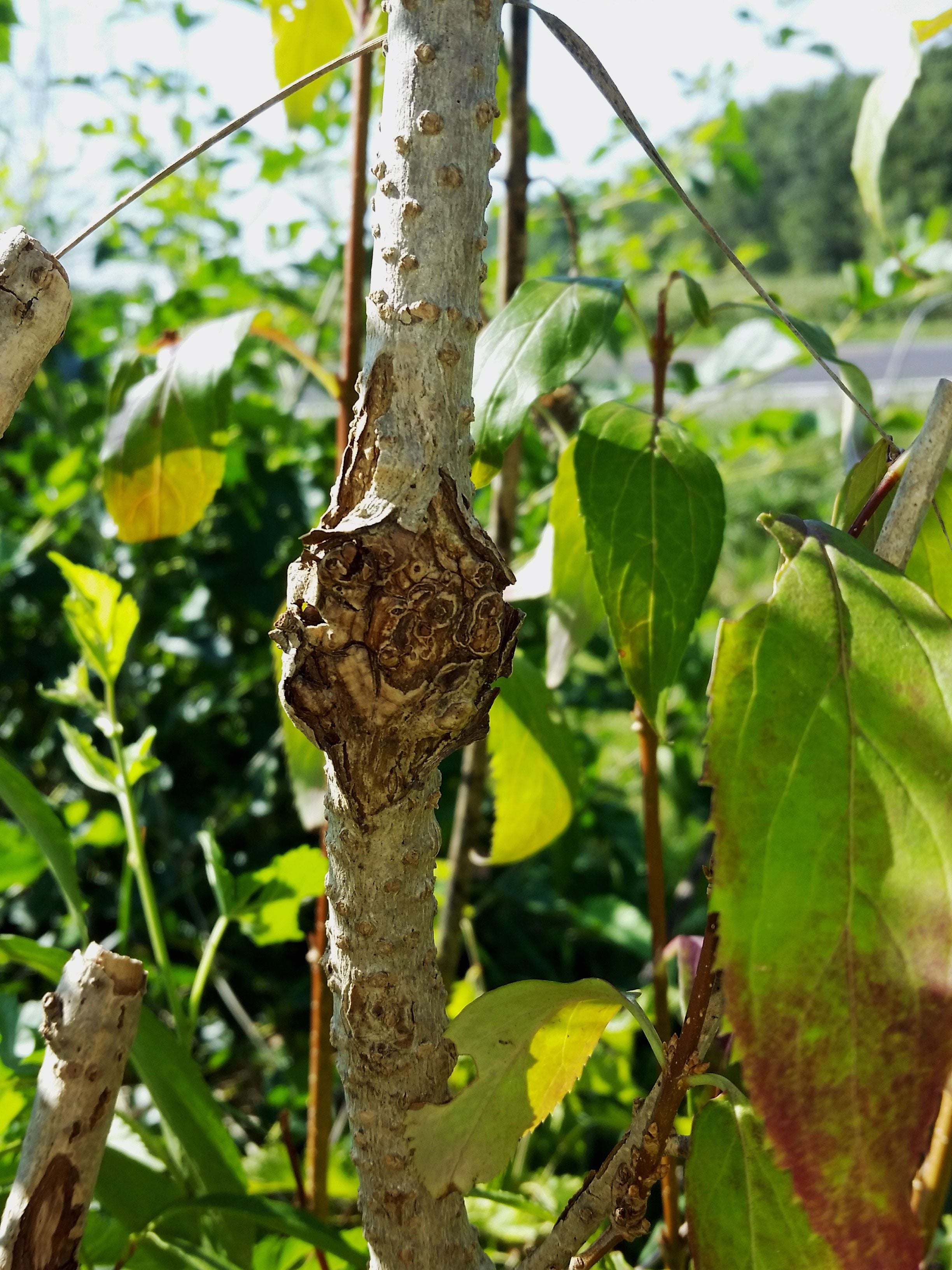 Forsythia Gall Treatment: How To Fix Phomopsis Gall On Forsythia Bush
Forsythia Gall Treatment: How To Fix Phomopsis Gall On Forsythia BushForsythia shrubs are well known for their beauty and tenacity, but even the toughest of these shrubs can become sickly in the presence of phomopsis galls. Read this article to find out how to manage this unsightly fungus.
By Kristi Waterworth